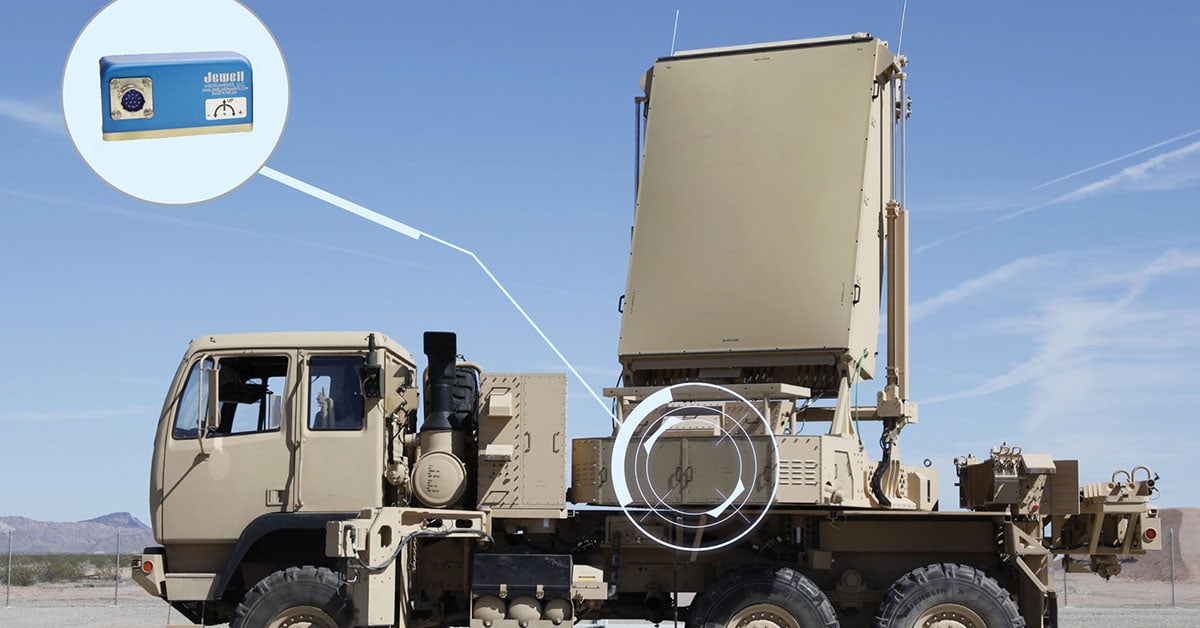For monitoring bridge sag and sway or controlling a passenger train, nothing is more important than precision. A microradian or micro g can make the difference between a normal day in the office and a nightmare.
Resolution and accuracy are two important specifications for engineers, but what exactly is the difference between the two? Why is resolution specified on the datasheet, but not sensor accuracy?
What is Resolution?
Resolution is the smallest input change anywhere in the operating range that will result in at least 50% of calculated output change. This can be tested and recorded in the specifications so you will know how sensitive the sensor is.
What is Sensor Accuracy?
Sensor accuracy is how precise the measurement is. For many sensors, calculating accuracy requires resolution, hysteresis, zero offset tolerance, scale factor tolerance, non-linearity, repeatability, and cross-axis error. All Jewell sensors are tested at room temperature, but if the temperature of the environment around the sensor changes, so too will the accuracy.
Factors that Determine Sensor Accuracy
For instance, you can place a sensor on a bridge where it will hold up to weather conditions, but the temperature will always change based on the time of day and year. That means the sensor accuracy will vary slightly with the temperature change. Not all environments are the same which is why it is not easy to specify accuracy on a datasheet.
It may require extra work to clearly define sensor accuracy within a particular environment, but a precision sensor can be counted on to deliver the tiny measurements you need. Have more questions on Jewell sensors and specifications? Contact us.
